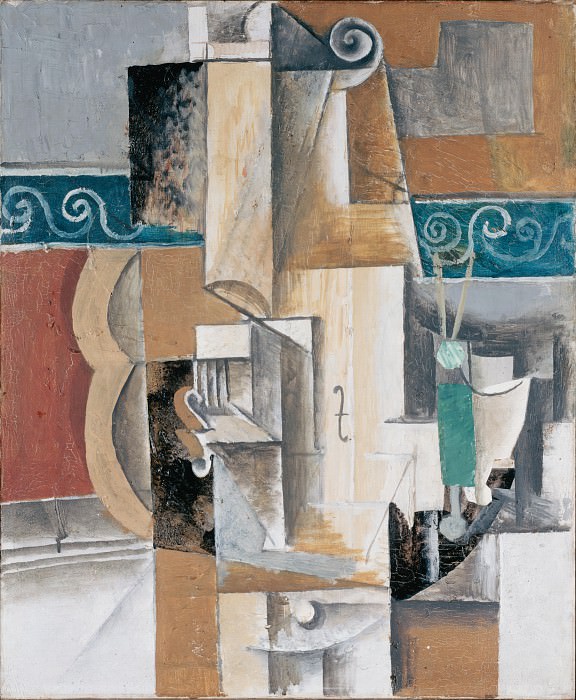Yinka Shonibare Art: A Fusion of Culture, Identity, and Creativity
Introduction to Yinka Shonibare
Yinka Shonibare, born in London in 1962 to Nigerian parents, is a distinguished contemporary artist renowned for his innovative approach to art that merges historical references with contemporary themes. Shonibare’s work is a compelling blend of visual aesthetics and intellectual discourse, often addressing complex themes of identity, colonialism, and cultural hybridity. His art is characterized by a vibrant use of Dutch wax fabrics and an inventive manipulation of historical narratives, creating a unique commentary on the intersection of African and Western cultures.
The Artistic Vision of Shonibare
Shonibare’s artistic vision is deeply rooted in his exploration of cultural identity and historical narratives. He is particularly known for his use of Dutch wax fabric, a material that plays a significant role in his oeuvre. Dutch wax fabric, which is often associated with African clothing, holds a complex history of colonial trade and cultural exchange. By incorporating this fabric into his artworks, Shonibare challenges preconceived notions about authenticity and cultural ownership, highlighting the fluid nature of cultural identities.
Themes and Concepts in Shonibare’s Work
Central to Shonibare’s art is the theme of colonialism and its enduring impact on contemporary society. His work often engages with the legacies of colonial history, examining how these legacies shape current understandings of race, identity, and power. Through the use of historical references, Shonibare recontextualizes colonial narratives, providing a critical commentary on the ways in which history continues to influence the present.
One of the recurring concepts in Shonibare’s work is the idea of "masking" and "unmasking." He frequently employs visual elements such as costumes and theatrical settings to explore themes of identity and representation. This approach allows him to interrogate how identities are constructed and perceived, both within historical contexts and in contemporary society.
Iconic Works and Exhibitions
Yinka Shonibare’s artistic career has been marked by a series of iconic works and major exhibitions that have garnered international acclaim. One of his most celebrated pieces is "Nelson’s Ship in a Bottle," a large-scale sculpture that was exhibited on the Fourth Plinth in Trafalgar Square, London. This work features a ship encased in a glass bottle, adorned with Shonibare’s signature Dutch wax fabric. The piece serves as a poignant commentary on British imperial history and its complex relationship with the wider world.
Another notable work is "The Swing (after Fragonard)," a reinterpretation of Jean-Honoré Fragonard’s famous painting "The Swing." In Shonibare’s version, the figures are dressed in Dutch wax fabric, which both modernizes and subverts the original 18th-century context. This reimagining highlights Shonibare’s skill in blending historical references with contemporary perspectives, creating a dialogue between different time periods and cultural narratives.
Shonibare’s work has been featured in numerous solo exhibitions at prestigious institutions, including the Royal Academy of Arts in London, the Museum of African Art in New York, and the Johannesburg Art Gallery. Each exhibition provides a platform for Shonibare to engage with audiences, presenting his unique vision of art that challenges and enriches our understanding of cultural and historical dynamics.
The Impact of Shonibare’s Art on Contemporary Discourse
Yinka Shonibare’s art has made a significant impact on contemporary discourse by addressing themes of cultural hybridity and colonial legacy. His work encourages viewers to reconsider established narratives and engage with complex questions about identity and power. By utilizing vibrant textiles and historical references, Shonibare creates a visual language that is both accessible and thought-provoking.
His art also contributes to broader conversations about representation and inclusivity in the art world. Shonibare’s use of Dutch wax fabric, a material with colonial connotations, serves as a powerful symbol of cultural exchange and transformation. Through his innovative use of this fabric, Shonibare challenges traditional notions of cultural authenticity and highlights the interconnectedness of global histories.
Conclusion
Yinka Shonibare’s art is a testament to the power of creativity in addressing complex social and historical issues. Through his distinctive use of Dutch wax fabrics and his innovative reinterpretations of historical narratives, Shonibare creates a rich tapestry of visual and intellectual inquiry. His work continues to inspire and provoke, offering a unique perspective on the intersections of culture, identity, and history. As Shonibare’s career progresses, his contributions to contemporary art and discourse remain a vital part of the ongoing exploration of cultural and historical dynamics.















